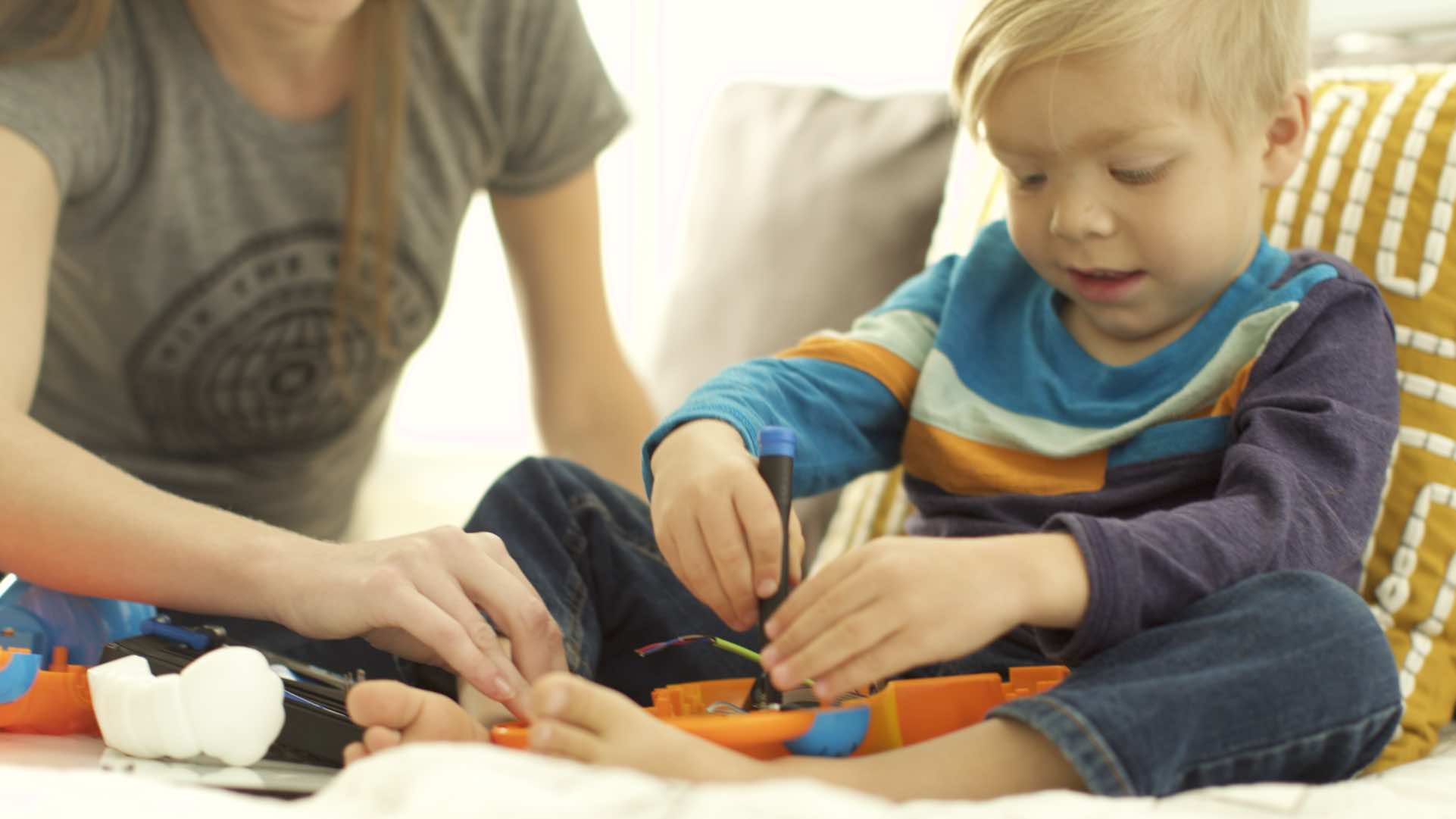
Repair and maintenance aren’t just a great way to save money and lessen your environmental impact. Just the act of fixing things up, however big or small a project, may also be good for your mental wellbeing.
We’re attracted by the latest gadgets, and we tend to see old, worn objects as diminished, broken, and undesirable. But we don’t always know what’s best for us. The act of maintenance itself can calm you, give a sense of achievement, and save you money for more important things.
The Zen of Repair and Maintenance
Repair is also satisfying in a way that buying new will never be. The perceived shine of a new toy wears off almost immediately, but when you repair something, you not only get the enjoyment of problem solving, you get a sense of satisfaction every time you use it. I recently resurrected a 2008 Unibody MacBook with a new SSD, a little soldering to repair the subwoofer cable I clumsily yanked off the circuit board, and some fresh skateboard stickers. Using it is like slipping into a favorite pair of slippers. I’m still tempted by the newest MacBook Air, but it’s a weak impulse, especially in today’s uncertain financial climate.
Anyone who has successfully completed a hard-drive swap, battery upgrade, or other internal computer repair will know that nervous feeling of excitement when the machine boots successfully for the first time. It’s a rush, and you feel good about it for days afterwards.
Kintsugi: The Dignity of Damaged Goods
We tend to view the scars and dents on our possessions as blemishes and defects. But what if we could see them as badges of experience, a history displayed on the surface of the object? The Japanese art of Kintsugi uses gold dust mixed with lacquer to repair broken pottery.
The result is often more beautiful than the unblemished original, with a network of gold (or silver, or platinum) crazing. The cracks and splits are not hidden, but highlighted. Now, this won’t work for the cracked screen of an iPhone, but the general principle—that repairs are badges of honor—is a good one to adopt. This is taken to the extreme in the practice of “relic-ing” brand new guitars to make them look like they’ve been through a world tour. The results often look like they’ve been left out in the yard for decades, but the prices are crazy. A “heavy relic” model from Fender goes for almost $4,000. How’s that for valuing wear and tear?
You can also investigate this mindset by darning the rips and tears in favorite clothes, deploying tasteful stickers or decals to cover up blemishes on bikes or laptops, or making your own pottery repairs with a rather neat Kintsugi kit.
Seeing Maintenance as Productivity

In her book about resisting the attention economy, How to Do Nothing, artist and writer Jenny Odell talks about the importance of “maintenance as productivity.”
“Our very idea of productivity is premised on the idea of producing something new,” she says, “whereas we do not tend to see maintenance and care as productive in the same way.” Odell describes the Morcom Amphitheatre of Roses in Oakland, California, a quiet space maintained by volunteers, as proof of this societal fallacy.
“Their presence is a reminder that the Rose Garden is beautiful in part because it is cared for, that effort must be put in.”
In Odell’s view, maintenance and repair are essential to fighting the mind-alterting forces of social media and the hyper-capitalist modern world. They’re also a practical way to reclaim mental space, and to reconnect with the people around us.
Repair and Maintenance as Meditation
Knitting might be the closest thing to a crafty alternative to meditation. When I start knitting, it calms my mind, and I feel my breathing slow, almost immediately. It’s absurdly effective as a way to relax.
But there are other tasks that can be equally calming, as long as you don’t try to rush through them. Try polishing leather shoes, properly—removing the laces and taking it slow. Once a month you can do the whole family’s shoes. It’s surprisingly satisfying.
Or you could finally get around to patching some clothes. Do you have a stack of old pants, sweaters and shirts with holes in the knees or elbows? Patch them, maybe using one item of clothing as the donor to provide the patches. You can also use offcuts to make protective face masks.
Spend money on experiences, not things

There’s one less-obvious, if immediately apparent, psychological benefit to making do and mending instead of buying new: you will have money to spare. You’ll probably feel better about the lesser sum you spent to fix something, too. A 2012 study from the University of California concluded that you’ll be happier if you spend your money on experiences instead of things, both before and after.
The study, led by Cornell psychology professor Thomas Gilovich, found that waiting for material purchases can lead to impatience and frustration, whereas anticipating an experience can be as enjoyable as the experience itself. Looking back on these experiences makes us happier than looking back on possessions.
Repairing and maintaining what you have frees up money for more rewarding things, and makes you happier in both the long and short term. Repairing is itself an experience, one you can look back on with satisfaction, and likely some pride.




0 Yorum